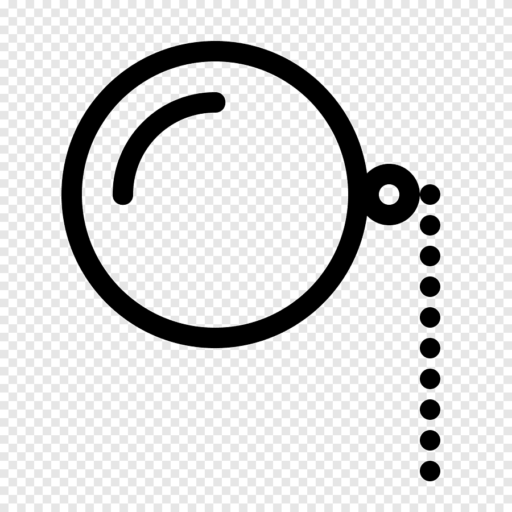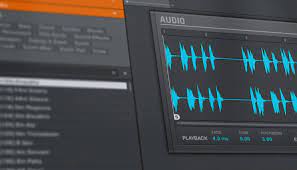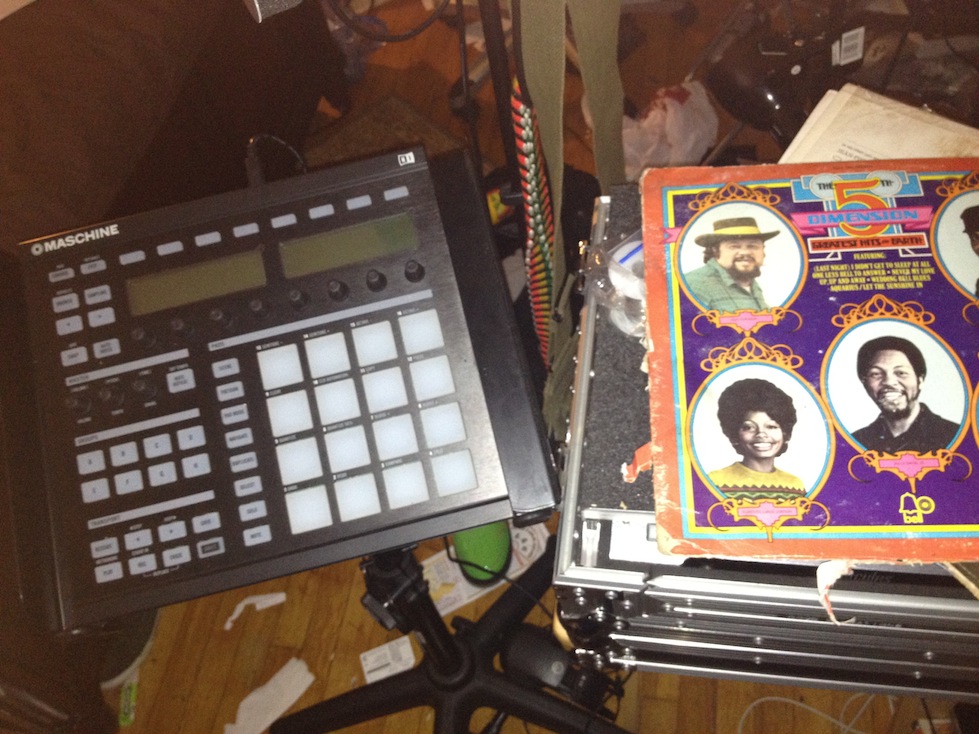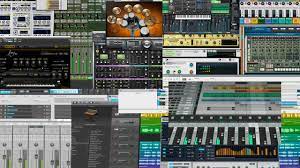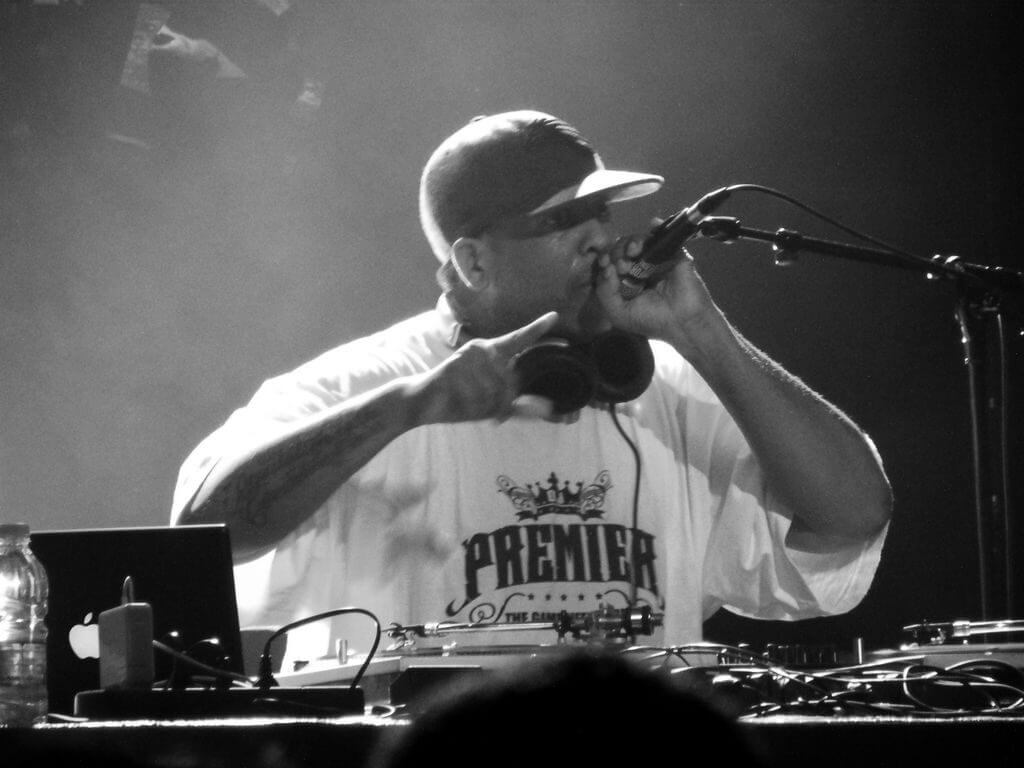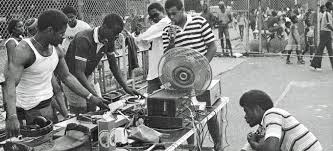Hip-hop music has been around for over four decades, and it has evolved dramatically over the years. One of the most fundamental techniques in hip-hop beatmaking is looping, which involves taking a section of a song or sound and repeating it to create a continuous groove. Loops can be the backbone of a beat, providing a rhythmic foundation for the vocals and other sounds to sit on top of. In this article, we’ll discuss the basics of looping and some tips for creating great loops in your hip-hop beats.
What is Looping ?
Looping is a technique where a section of music or sound is repeated over and over again, creating a seamless loop. In hip-hop, loops can be created from any source material, including old records, samples, or even live instrumentation. Loops are used in almost every hip-hop beat, providing a steady rhythm and a foundation for the other sounds to build on. Looping can also be used creatively to add variation to a beat by chopping up a loop and rearranging it into new patterns.
Steps to looping
There are a few key steps to creating a great loop for your hip-hop beat:
- Find the right sample – The first step in creating a loop is finding the right source material. Many producers prefer to use old records, as they have a unique warmth and character that can be difficult to replicate with digital samples. However, any sound can be used to create a loop, including drums, basslines, or even vocal snippets.
- Set the tempo – Once you have your sample, you’ll need to set the tempo of your beat. This will determine how fast or slow your loop plays back, and will ensure that your loop is in time with the other elements in your beat.
- Loop the sample – Once you’ve set the tempo, you can start looping your sample. Most digital audio workstations (DAWs) have a loop function that will allow you to repeat your sample seamlessly. You can also adjust the length of your loop to create variations in your beat.
- Add variation – To keep your loop interesting, you can add variation by chopping up your loop and rearranging it into new patterns. You can also add effects, such as reverb or delay, to create a sense of space and depth.
Tips for Creating Great Loops
Use EQ to clean up your sample
Often, samples will have unwanted frequencies that can muddy up your loop. Use an EQ to cut out any frequencies that aren’t adding to the overall sound of your loop.
Experiment with different samples
Don’t be afraid to try out different samples and sounds to create your loop. You never know what might sound good together!
Use the power of silence
Don’t feel like you need to fill every moment of your loop with sound. Sometimes a well-placed moment of silence can add tension and interest to your beat.
Learn how to chop and rearrange your loops
Once you’ve created your loop, try chopping it up and rearranging it into new patterns. This can add variation and keep your beat interesting.
The final steps in a looping process
To export a loop in FL Studio, simply select the desired loop and click on “File” in the top left corner of the screen. From there, select “Export” and then “WAV file” or “MP3 file” depending on your preference. Choose the desired location to save the file and click “Export”. You can then use this loop in your DAW or share it with others. It’s important to note that before exporting, you may want to mix and master your loop to ensure it sounds polished and professional.
To avoid legal issues, it’s important to use royalty-free samples or create your own. Many websites offer affordable sample packs for beatmaking, or you can record your own sounds
Looping for Hip-Hop : Frequently Asked Questions
Q: Can loops only be created from old records? A: No, loops can be created from any sound or source material.
Q: Do I need to use a DAW to create loops? A: No, loops can be created using any audio editing software, but a DAW will provide more functionality and creative options.
Q: Can I use pre-made loops in my beats? A: Yes, there are many pre-made loops available online or in loop packs that can be used in your
